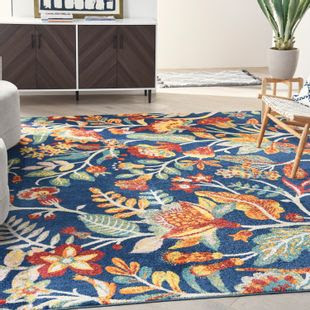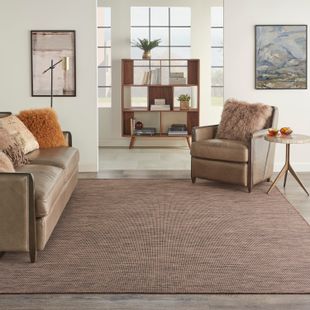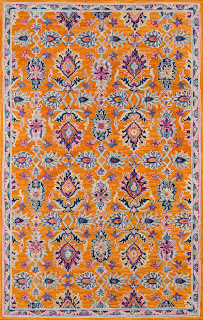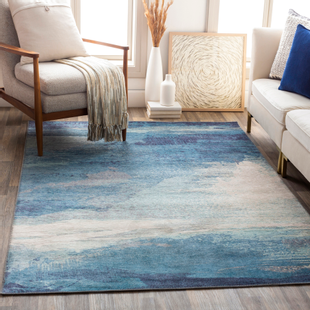Small Area Rugs for Dining Room
Rugs that will ground the dining room and prevent chairs from scraping the floor. Invest in a stain-resistant dining-room rug if you have small children (or are simply prone to spills). Your dining room rug should be flat weave or low-pile so you can easily move chairs around. Choose something with a small pattern to help mask small stains.
Dining Room Rugs: Simple Guidelines
Small Area Rugs can transform a drab dining room into something lovely. A rug has a dramatic effect on the overall look and feel of the room because it is one of the largest pieces of décor in the room.
What, on the other hand, makes a great dining room rug? Should it be scaled to the size of the room or the size of the table? What materials and styles are the most effective? Continue reading to learn the answers to these questions and more!
Rug Dimensions in the Dining Room
The size of your rug should be proportional to the size of your table in a dining room.
When all of your chairs are pulled out, your rug should be large enough to accommodate them. When the table is fully extended, this usually means adding 24 to 30 inches to each edge (don't forget to account for table leaves if you have them!).
The Advantages of Dining Room Rugs
Dining room rugs, in our opinion, are a timeless décor item that will never go out of style.
If you're still not convinced, consider this: Small Area Rugs offer a variety of benefits in addition to simply dressing up a room.
Small Area Rugs reduce noise, protect floors from scuffing feet and sliding chairs, and warm up the space. For busy, entertainment-focused spaces like the dining room, they're a godsend.
Shapes of the Table and Rug
Small Area Rugs are traditionally designed to complement the shape of your table. That means a round rug under a round table or a long, rectangular rug under a long, rectangular table will be your best bet. Your rug will form a pleasing frame around the furniture and create a sense of visual cohesion in the room by matching the shape of your table.
Some people will choose a rug that contrasts with the shape of the table. Place a square rug under a round table, for example. Smaller tables, such as those found in a kitchen or breakfast nook, and more eclectic styles work best with this technique.





Comments
Post a Comment